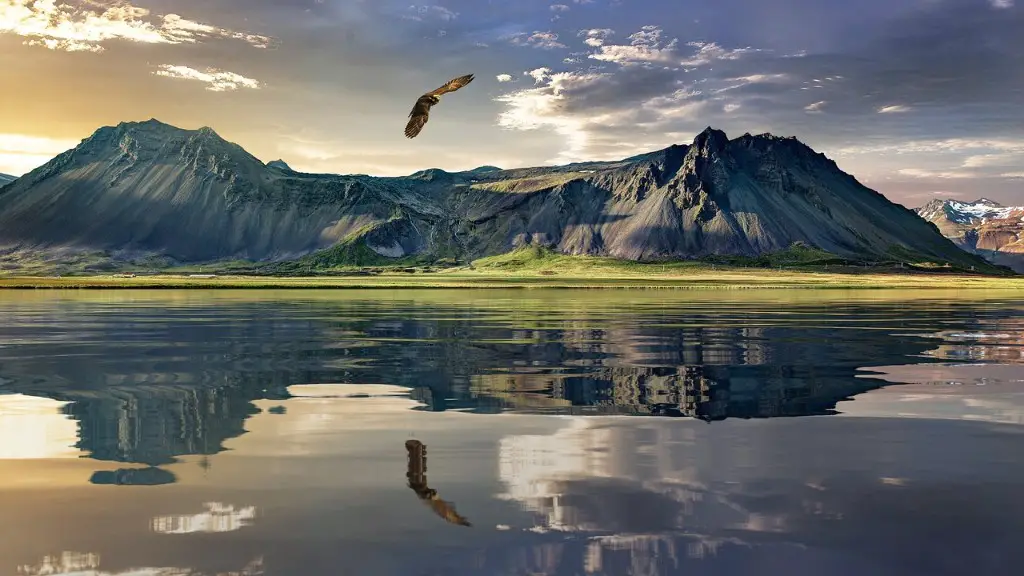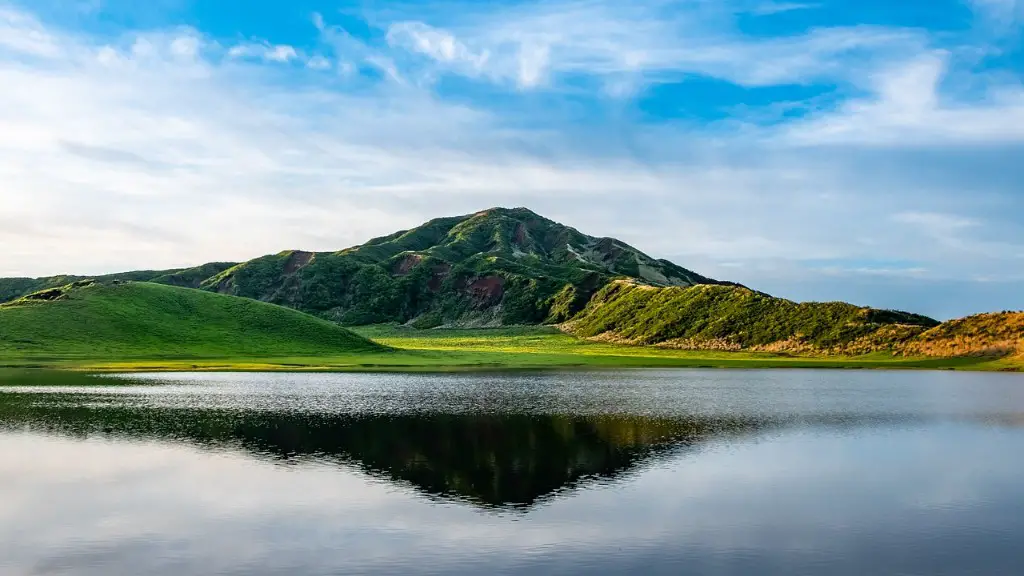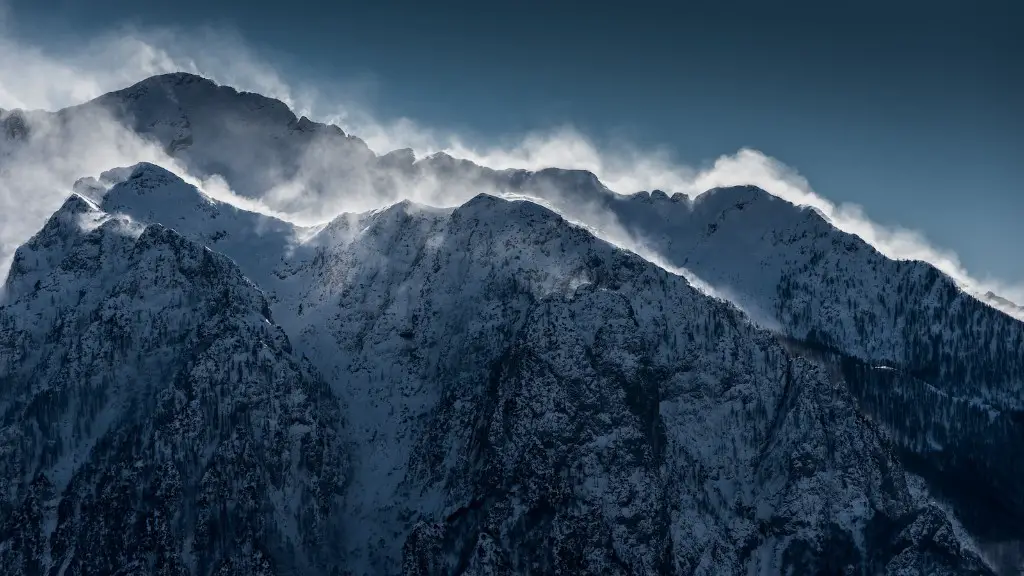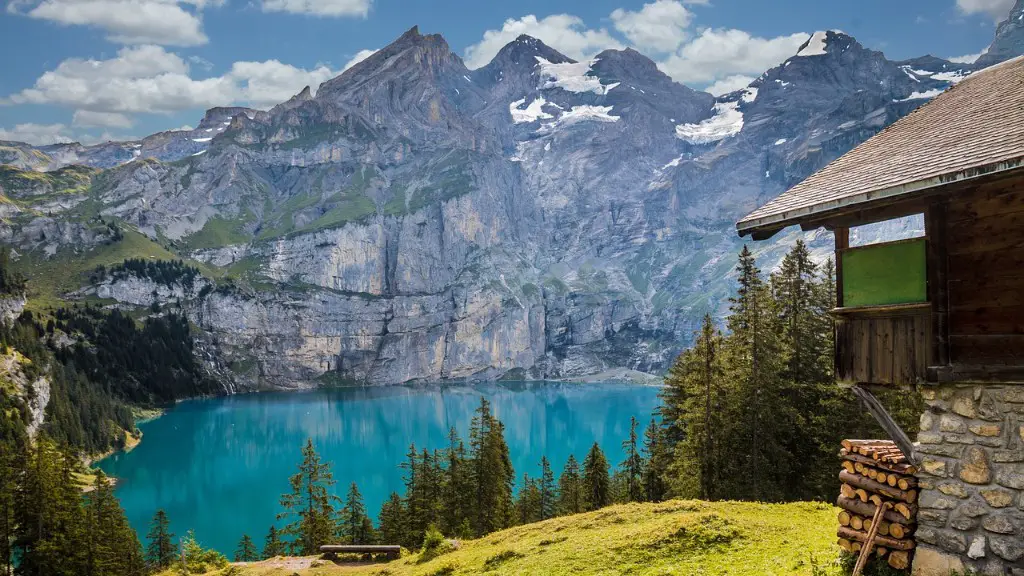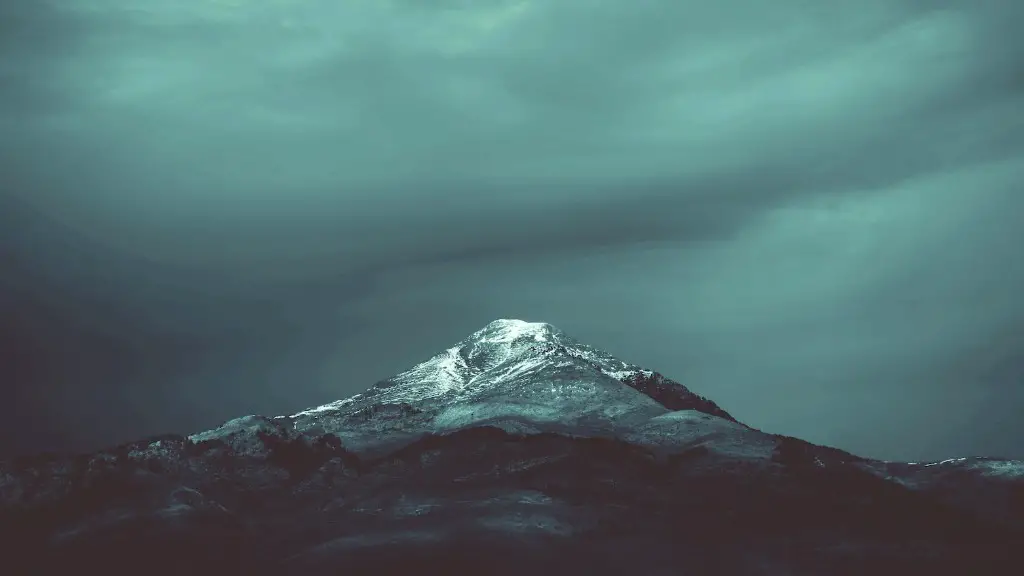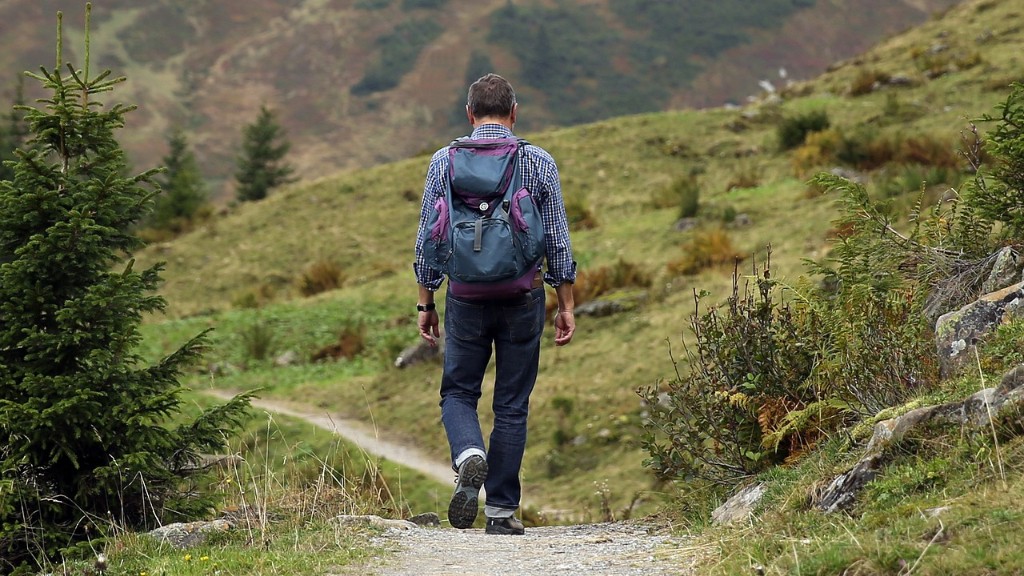In order to go to Mount Everest, you will need to do some research and
preparation in advance. First, you need to decide whether you want to
climb the mountain or go on a guided tour. Climbing the mountain is a
challenge that requires previous experience, while guided tours are
available for all levels of fitness.
Next, you need to book your trip and obtain the necessary permits.
You will also need to make sure you have the right equipment and
clothing. Finally, you need to be aware of the risks involved in
traveling to such a high altitude.
With proper preparation, going to Mount Everest can be an
unforgettable experience.
The answer to this question is quite simple: you need to be very fit and have a lot of money.
How much does it cost to climb Everest?
The cost of climbing Everest has been increasing over the years, and it is now quite expensive to do so. In 2017, the cost ranged from $28,000 to $120,000, and it has continued to increase since then. If you want to take a trek up Everest in 2022, it will cost you anywhere from $30,000 to $160,000, with the average falling somewhere around $45,000. This is a significant amount of money, and it is important to be aware of the cost before you decide to attempt to climb Everest.
To successfully summit Everest, you must be in excellent physical condition and have previous experience climbing at high altitudes. Most people spend at least a year training to climb the mountain. You should also be comfortable on AD-rated climbs.
Can a beginner climb Everest
Everest Base Camp is a popular destination for trekkers, and it is relatively easy to reach compared to the summit of Mount Everest. However, that doesn’t mean it is an easy trek. Beginners should be prepared for a challenging hike, but the rewards are definitely worth it. The views from Everest Base Camp are truly breathtaking, and the experience is unlike any other. If you’re up for the challenge, Everest Base Camp is an unforgettable adventure.
The government of Nepal has ruled that all climbers seeking to climb Mount Everest must have previously climbed a Nepalese mountain with a height of 21,325 ft (6,500 m) or higher before getting a permit. This is to ensure that climbers are adequately prepared for the challenges of climbing Everest.
How cold is it at the top of Everest?
The coldest temperature at the top of Mount Everest is from mid-December to late-January, when the average temperature is around -37°C (-35°F). Similarly, the average temperature at Everest Base Camp during the winter season is around -17°C (14°F).
The summits of the world’s 14 tallest mountains are all found in what is ominously known as the “death zone,” which is typically identified as 8,000 metres (26,000 feet) above sea level. At these altitudes, the oxygen levels are insufficient to sustain human life for an extended period.
Many mountaineers have perished in the death zone while attempting to summit the world’s tallest peaks. The conditions in the death zone are incredibly harsh, and even the most experienced climbers can find themselves in trouble very quickly.
If you’re planning on mountaineering in the death zone, it is absolutely essential that you are well-prepared and have the proper equipment. You also need to be aware of the risks involved and be willing to accept the fact that you may not make it back alive.
Can you climb Everest for free?
Hey there!
If you’re looking for an amazing opportunity to get your trekking fix, then this is definitely for you! All you need to do is find ten people to join you on the trip, and you’ll be able to go FOR FREE. So round up your friends, family, or fellow trekkers and get ready for an unforgettable adventure.
Everest Base Camp is one of the most popular adventure treks out there, and our award winning team has been granted permits to sleep there. Sleeping at Everest Base Camp is a truly unique experience, and we’re excited to be able to share it with our customers.
What is the age limits for climbers on Everest
There are only two routes to scale the world’s tallest peak: one from the Everest North side in Tibet or another from the Everest South side in Nepal. Chinese authorities impose an age limit of 18-60 in Tibet, while in Nepal, climbers must be a minimum of 16 years old but there is no upper age limit.
The porters in the study carried an average of nearly 90 percent of their body weight, which is an impressive feat. quarter of them carried more than 125 percent of their own weight. This just goes to show how hardcore these porters are. They are able to carry a tremendous amount of weight, which is helpful for those who need to transport goods over long distances.
Is Camp 4 in the death zone?
Camp IV, also known as the South Col, is the last major camp before climbers make their summit push. Located at 26,000 ft (7925 m), it is the first night most climbers spend in the Death Zone. From Camp IV, climbers hike to The Balcony, at 27,700 ft (8440 m).
Malavath Poorna is an Indian mountaineer who has made several notable ascents, including becoming the youngest female to climb Mount Everest at age 13. She has also climbed Mount Elbrus, the highest peak in Russia and Europe. Poorna is an inspiration to young people everywhere who dream of accomplishing great things.
Why is it so expensive to climb Mount Everest
The transportation of food and equipment is a major expense for climbing groups. In many cases, a helicopter must be chartered to drop the food and equipment at base camp, which is a significant expense for the organizer. A good climbing team generally has one climber and one Sherpa guide reach the top.
In just eight days, Nirmal ‘Nims’ Purja summited Everest, Lhotse and Kanchenjunga – all without supplementary oxygen. This is an incredible achievement and sets two new world records. Nims has had an incredible 8,000m season, pushing the boundaries of his sport further than many thought possible. Congratulations Nims on your amazing achievements!
How much do Sherpas get paid?
Sherpa is a company that provides guided climbs and expeditions in the Himalayas. According to Glassdoor, the average salary for a Sherpa is $77,410 per year, or $3722 per hour. The lowest earners make $42,000 per year, while the top 10 percent make over $139,000. Sherpa is a great company to work for if you’re looking to make a good salary.
The top three causes of death on Everest are avalanches, falls, and mountain sickness. Avalanches are the most common cause of death, accounting for about 60% of all fatalities. They usually occur during the climbing season, from late April to early May, when the snow is soft and unstable. Falls are the second most common cause of death, accounting for about 30% of fatalities. They often occur during the descent, when climbers are tired and their concentration is reduced. Mountain sickness is the third leading cause of death on Everest, accounting for about 10% of all fatalities. It is caused by the buildup of fluid in the brain or lungs, and can be fatal if not treated promptly.
What are the dangers of Mount Everest
The dangers of climbing Mount Everest are many and varied. From the risk of altitude sickness to the extreme cold temperatures and the unpredictable weather, climbers need to be prepared for everything when attempting to scale the world’s tallest mountain. Additionally, the Khumbu icefall is always a potential hazard, and avalanches are always a possibility. Summit fever can also set in, leading climbers to take risks they wouldn’t otherwise take. Finally, lack of experience can be a dangerous liability on Everest.
The warmest months tend to be around July and August, with an average around -2°F-0°F (-16°C to -18°C) during the night, and perhaps a few degrees above this during the day. However, keep in mind that this is just an average, and it can still get cold during these months!
Final Words
There is no easy answer when it comes to summiting Mount Everest. The world’s tallest mountain looms large at 29,035 feet, and the journey to the top is both physically and mentally demanding. That being said, there are a few key things you can do to increase your chances of success on this expedition.
1. First and foremost, make sure you are physically and mentally prepared for the challenge. Don’t underestimate the difficulty of the climb and make sure you are in peak condition before attempting to summit.
2. Choose a reputable guide and outfit. This is not the time to cut corners – you want to make sure you are working with experienced professionals who know the route and the conditions well.
3. Be patient. Everest is a big mountain and the weather can be unpredictable. Don’t get discouraged if your summit attempt is delayed or thwarted by bad weather – ultimately, your safety is the most important thing.
There are many ways to go about climbing Mount Everest, but the most important thing is to be prepared both mentally and physically. It is important to have a good support team and to be aware of the risks involved. Most importantly, enjoy the experience and the challenge of pushing yourself to new limits.
